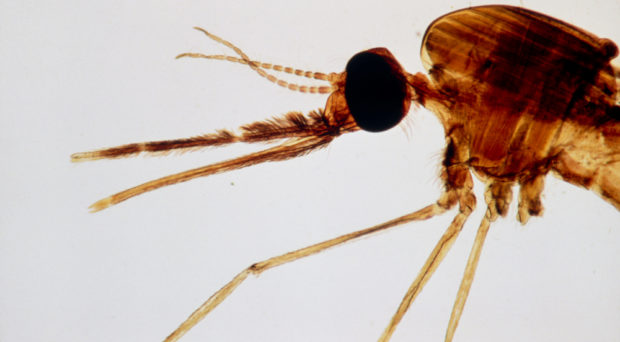
Malaria remains one of the world’s leading killers, claiming the life of one child every two minutes. Worldwide, malaria kills 435,000 people a year, most of these deaths are in Africa, where more than 250,000 children under five years old die annually. Between 2016 and 2017, the number of cases increased in all 10 countries with the highest malaria burden triggered by a combination of insufficient investments in malaria programs. This requires urgent action and collective response, in advancing malaria-specific targets of the Sustainable Development Goals and Universal Health Coverage.
The World Malaria Day 25th April, 2019 campaign calls for more individual and collective hope that emphasizes increasing country effectiveness of investments and improved cooperation and resilience of key players among the private and public sectors and community actors. The goal is to expand access to – and coverage uptake of – malaria preventive and control measures, quality-assured diagnostics and treatment, and implementation of community resilience strategies against malaria resurgence and outbreak threats.
World Malaria Day provides another opportunity for focused and coordinated action including raising awareness and education outreach in understanding of malaria as a global scourge and impact on the most vulnerable populations and global community. Advocating and implementing a “Zero malaria starts with me” culture and practice strategies requires further operational research and mitigation activities towards eliminating malaria in various vulnerable communities.
Strengthening individual and community-based early diagnosis and surveillance practice activities that aim to develop new strategies and tools for the prevention, diagnosis and treatment of malaria are critical to accelerating progress towards the sustainable development goals 2030, local malaria elimination and regional elimination targets across borders and more hard-to-reach populations.
Improved surveillance, care seeking and practice is essential to:
- Understand susceptibility and prevalence patterns to inform national malaria prevention and treatment guidelines
- Elucidate individual-level transmission risk factors and social-ecological culture to reengineer community-based and health systems strengthening approaches,
- Map population-based transmission networks and prediction to reduce the emergence and spread of resistant plasmodium
- Generate vital and comprehensive data for evidence-based decision-making and targeted intervention implementation.
Learning from existing national malaria programs and digital health interventions in Africa
The need to strengthen local interventions and regional coordination is imperative to successfully eliminate malaria in Africa. As well, robust and coordinated action among policy-makers and all stakeholders must focus on reducing transmission in locations where the disease remains, while protecting areas where it has been controlled from imported infections that threaten to reintroduce parasites in advancing global momentum around universal health coverage.
Leveraging on technological advances and innovative tools, enhanced digital surveillance and early warning systems in implementing “Zero malaria starts with me” practice in malaria elimination programs is critical and needs greater collaboration, new partners, enhanced global leadership mobilization and more funding to improve surveillance and response systems, participation and support.
Scaling up malaria vaccination coverage has the potential to save tens of thousands of children’s lives. A landmark pilot program in Ghana, Kenya and Malawi is using sustained community culture and practice coupled with the injectable “RTS,S” vaccine as a complementary malaria control and elimination tool. Proven effective, this could potentially be added to the core package of WHO-recommended malaria prevention, diagnosis, and treatment measures.
For more malaria related articles, please visit the journal Infectious Diseases of Poverty
Comments